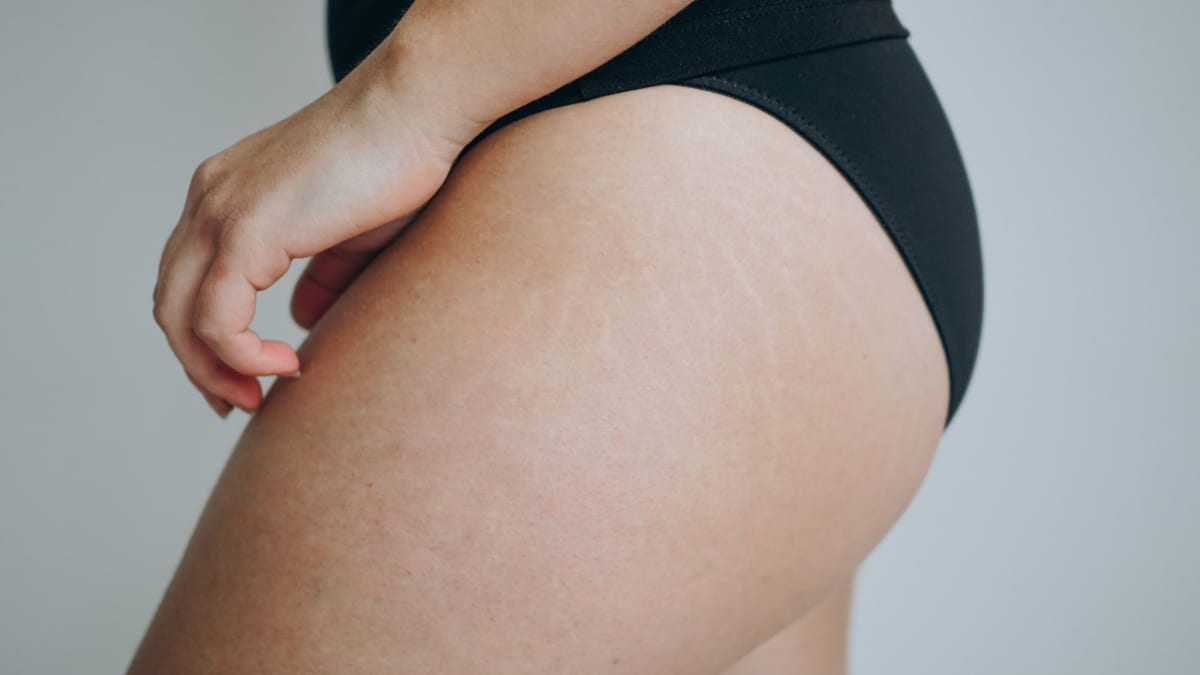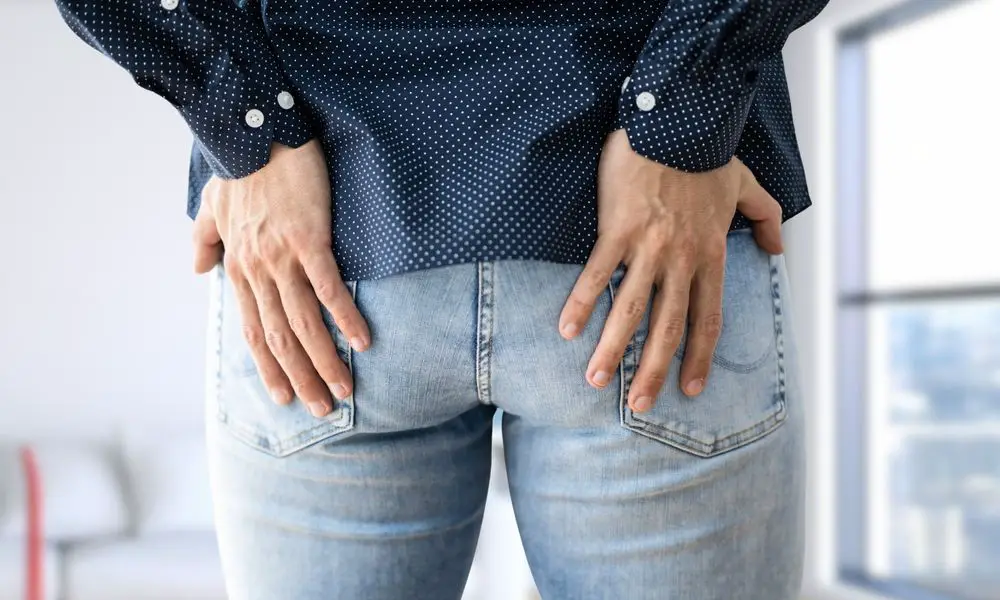Understanding KP vs Ingrown Hairs: Causes and Treatments
As a beautician, you encounter a variety of skin concerns on a daily basis. Two common issues that clients often seek advice on are Keratosis Pilaris (KP) and ingrown hairs. Understanding the nuances of each can help you provide better care and recommendations, ensuring your clients achieve healthier, smoother skin. In this article, we'll delve into the differences between these two conditions, their causes, and the most effective treatments.

Understanding Keratosis Pilaris
Keratosis Pilaris, commonly known as KP, is a skin condition characterized by small, rough bumps on the skin, often referred to as 'chicken skin.' These bumps are usually found on the arms, thighs, cheeks, and buttocks. KP is caused by a buildup of keratin, a protein that protects the skin from infections and harmful substances. This buildup forms a plug that blocks the opening of a hair follicle, resulting in the characteristic bumps.
Common Causes of KP
While the exact cause of KP is not completely understood, it is often associated with genetic factors and dry skin. Those with a family history of KP or other skin conditions like eczema are more likely to experience it. Seasonal changes, particularly during winter months when the skin tends to dry out, can also exacerbate KP.
Exploring Ingrown Hairs
Unlike KP, ingrown hairs are caused by hairs that have curled back into the skin instead of growing outward. This can lead to inflammation, pain, and sometimes infection. Ingrown hairs are most commonly found in areas where the skin is frequently shaved, waxed, or tweezed, such as the face, legs, and bikini line.
Causes of Ingrown Hairs
Ingrown hairs can occur due to improper hair removal techniques, such as shaving too closely, using a dull razor, or pulling the skin taut while shaving. Additionally, individuals with curly hair are more prone to ingrown hairs, as the natural curl can cause the hair to re-enter the skin.
Treatment Options for KP and Ingrown Hairs
Addressing the underlying cause of each condition is key to effective treatment. For KP, regular exfoliation and moisturizing can help reduce the appearance of bumps. Using products that contain alpha hydroxy acids (AHAs) or lactic acid can aid in sloughing off dead skin cells and clearing the plugged follicles. For more severe cases, dermatologists may recommend topical retinoids to promote cell turnover.
For ingrown hairs, proper hair removal techniques are crucial. Encourage clients to shave in the direction of hair growth, use a sharp razor, and avoid shaving too closely. Exfoliating the skin before shaving can also help lift hairs away from the skin surface. If an ingrown hair becomes infected, topical antibiotics or antiseptics may be necessary.
Prevention Tips for Beauticians
As a beautician, offering preventative advice is just as important as treating existing conditions. Educate your clients on the importance of maintaining a consistent skin care routine that includes regular exfoliation and moisturizing. For those prone to ingrown hairs, suggest alternative hair removal methods, such as laser hair removal, which can reduce the likelihood of hair growing back into the skin.
For more in-depth advice on maintaining healthy skin, you can refer your clients to this [WebMD article on Keratosis Pilaris](https://www.webmd.com/skin-problems-and-treatments/keratosis-pilaris), which provides additional insights and treatment options.
Related Articles for Further Reading
To further enhance your understanding of skin care and treatment options, consider exploring other resources such as [Poor Hygiene Leading to Folliculitis](https://livananatural.com/blogs/news/poor-hygiene-leading-to-folliculitis) and [Exfoliation Tips for Folliculitis-Prone Skin](https://livananatural.com/blogs/news/exfoliation-tips-for-folliculitis-prone-skin). These articles offer valuable insights into related skin care issues.

FAQs
What is the primary difference between KP and ingrown hairs?
KP is caused by a buildup of keratin that blocks hair follicles, leading to rough bumps, while ingrown hairs occur when hairs curl back into the skin, causing inflammation and potential infection.
Can KP be cured permanently?
There is no permanent cure for KP, but consistent skin care and treatment can significantly reduce its appearance and manage symptoms.
How can I prevent ingrown hairs?
Preventing ingrown hairs involves using proper shaving techniques, exfoliating regularly, and considering alternative hair removal methods like laser treatments.

